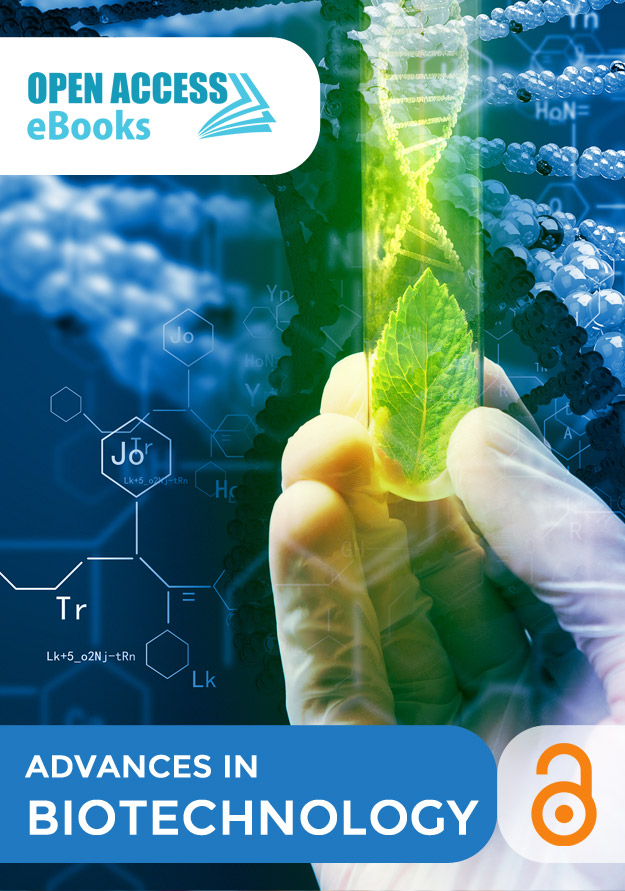List of Chapters
Advances in Cancer Immunity, A Formidable Army
Author(s): Divya Joshi; Nausheen Tickoo; Chatanya Jain; Asmita Das*
Cancer is a group of diseases involving abnormal cell division in an uncontrolled manner. Cancer affects almost all tissues; probably there are more than 200-250 types of cancer including breast cancer, ovarian cancer, skin cancer, leukemia etc. Different cell types in our body that can undergo the changes associated with cancer result in one or the other type of cancer [20].
Mitochondrial Diabetes – An overview
Author(s): Santhini E*; Vijaya Padma V
The most urgent problem in the field of diabetology, and one of the most important challenges for the XXI century medicine, is to find cure for type 2 diabetes mellitus (T2D). It is estimated that the number of people with diabetes worldwide exceeds 200 million and most of them are T2D patients. In the industrialized world the prevalence of this disease has reached an epidemic proportion and is still growing [1]. The adoption of a sedentary lifestyle, the consumption of non-traditional foods, and a genetic predisposition to the disease are thought to be the major underlying causes of the epidemic. In addition to the worrisome increase in the prevalence of diabetes mellitus (DM), the society at large will be further burdened with problems associated with various macro and microvascular complications of T2D.
Microalgae: A Potential Candidate for Biodiesel
Author(s): Sukrutha SK*; Savitha Janakiraman
Modern way of life intimately depends on fuels that are derived from fossil resources. With the depletion of resources and to meet the demand of the diesel fuel industry, alternative oil sources are being explored and developed in recent days. Biofuels derived from renewable biomass, organic matter could minimize the use and reduce the dependency on fossil fuel. It is eco-friendly, non-toxic, bio-degradable, stable, reduces the level of potential or probable carcinogens and has a favourable emission profile. Oleaginous microorganisms such as fungi and microalgae with 20% or more lipids in their cell have emerged as a potential feedstock for biodiesel production.
Biofilm Formation and its Role in Antibiotic Resistance
Author(s): Sree Samanvitha K; Antony V Samrot*; Senthil Kumar P; Raji P
Most of the life forms in the world can develop skills for their continued existence against a constantly changing and challenging environment. Amongst all the organisms, bacteria show a tremendous adaptation, by natural selection through transformation crafting genetic variants [1] and show survival instincts in many ways. They can form surface attachments, three dimensional edifices that are sustained by self-synthesised extracellular polymeric matrix. This consortium of cell-cell interaction can be described as biofilms [2], which represents the defence and communication system of a bacterial community.
Recent Advances in Cardiovascular Diseases and Treatment
Author(s): Abhilasha Singh*
Cardiovascular diseases (CVD) are one among the most common causes of death worldwide. There are plethora’s of events leading to cardiovascular pathophysiology. Despite, recent advancements in the treatment of cardiovascular diseases, it remains the number one cause of death in the world. While traditional risk factors partially account for the development of CVD, other novel risk factors have recently been implicated. Specifically chronic inflammation has been postulated to play a role in the development and propagation of this disease. Reactive oxygen species (ROS) generated during excessive oxidative stress are the one among responsible for the various inflammatory events in cardiovascular disorders including atherosclerosis, cardiac hypertrophy, cardiomyopathy heart failure, ventricular remodelling, ischemia/reperfusion injury and myocardial infarction.
Concepts and Recent Advances on Biopolymers for Biomedical applications: Special Mention to the PHAs Family
Author(s): Alejandra Rodríguez-Contreras*
Not only in the biomedical field but also in other applications, synthetic polymers are gradually being replaced by biodegradable materials, especially by those derived from natural resources. In this regard, many types of natural polymer or biopolymers have been developed to satisfy the ever-increasing application requirements. Since the demand for biomedical materials grows, significant attention is being given to tailor the structure, properties, and function of biopolymers to fulfill the requirements for applying them in biomedicine...
